fact

Diamonds Are Forever: Artists and Writers on Baseball
For the uninitiated, the poetic mysteries of baseball can seem elusive if not downright silly. Diamonds Are Forever: Artists and Writers on Baseball (Chronicle), a print version of the Smithsonian Institution exhibition of the same name, doesn’t set

Detective Samuel de Champlain
One of the pleasures of reading for no particular reason is coming across hidden stories, involuntary essays, samples of what someone once called “found literature”—as opposed, I imagine, to the literature that states its official identity on the cover. Leafing through a book on Samuel de Champlain, I came across, of all things, a detective story.

Evictions
When Malcolm Lowry’s shack on the beach at Dollarton, B.C., burned to the ground in 1944, he and his wife Marjorie were able to save the manuscript of only one of the novels that he was working on at the time. A few months later the same manuscript had to be rescued again when the house that friends found for them in Oakville, Ontario, also burned to the ground.

Re-hanging the National Wallpaper
When I lived in Ottawa in the 1970s, I used to enjoy passing lazy afternoons at the National Gallery looking at the pictures. I remember how surprised I was when I first encountered the Group of Seven collection. These paintings were completely familiar—I’d seen them in schoolbooks and on calendars, posters, t-shirts, everywhere—yet at the same time they were completely unexpected.

Unidentified Human Remains and the True Nature of Love
The latest book from Canada's Angry Young Playwright Brad Fraser includes a reprint of his infamous Unidentified Human Remains and the True Nature of Love alongside the screenplay of his recently produced film version Love and Human Remains (NeWest).

The Next World War: Tribes, Cities, Nations and Ecological Decline
Roy Woodbridge tries hard to connect everything in his somewhat despairingly named book, The Next World War: Tribes, Cities, Nations and Ecological Decline (University of Toronto), in which he calls for a “war on ecological decline”—a war on the forc

The New Northwest: The Photographs of the Frank Crean Expeditions 1908-1909
The New Northwest by Bill Waiser (Fifth House), is subtitled The Photographs of the Frank Crean Expeditions 1908-1909, but provides us with very little information about these two fascinating subjects. The New Northwest can be seen as another wacky v



.svg)



























.jpeg)





































.jpg)
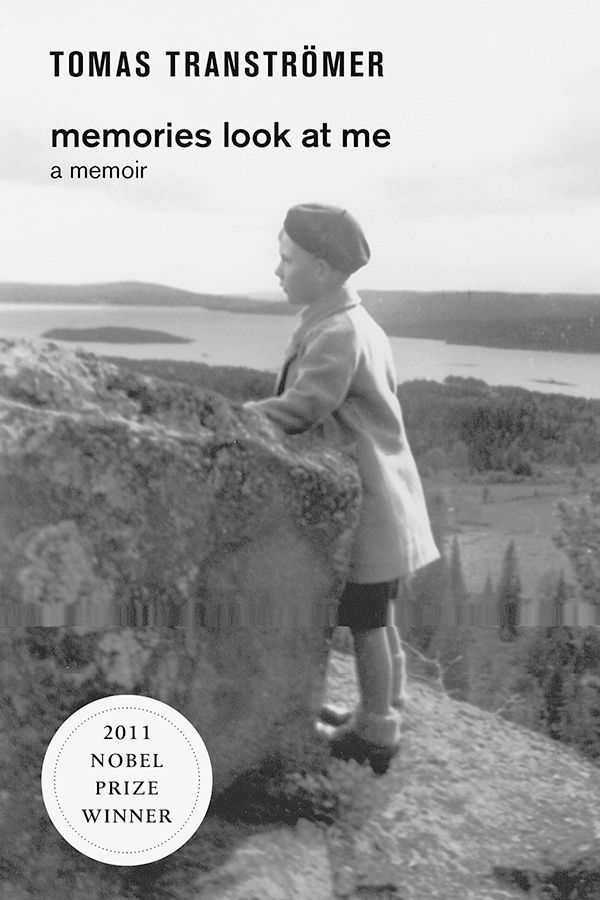
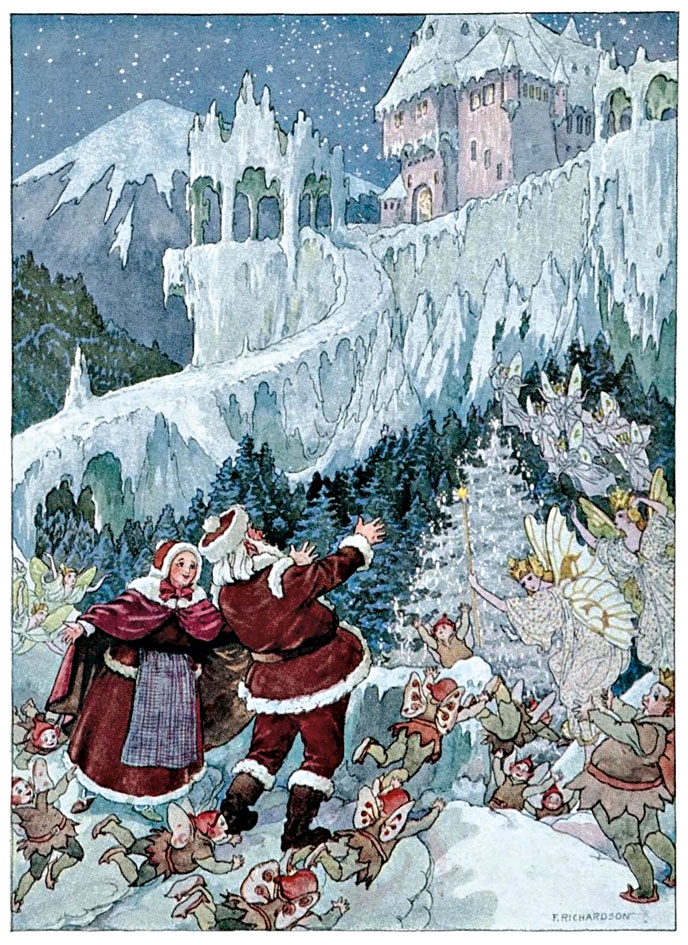
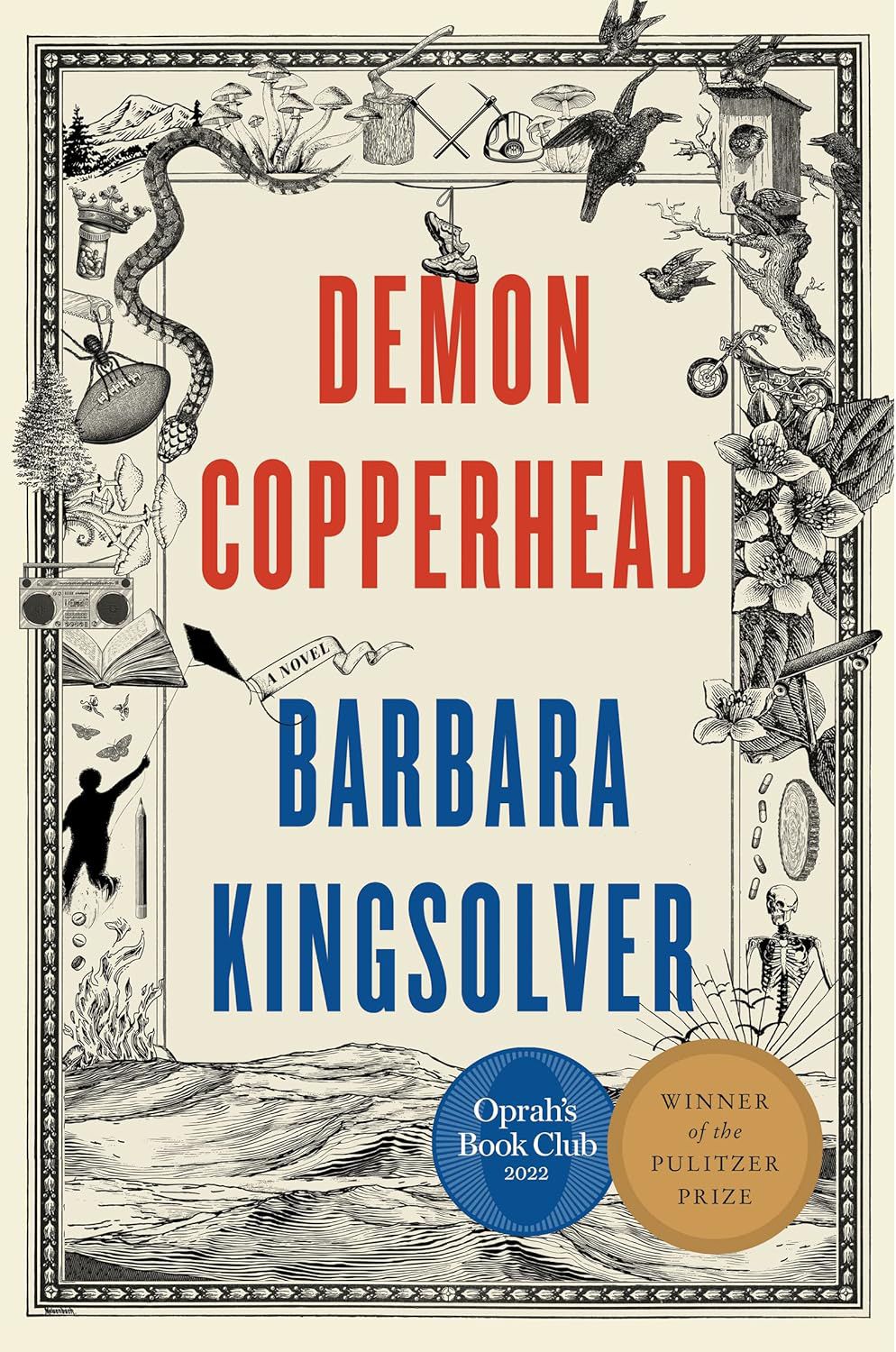



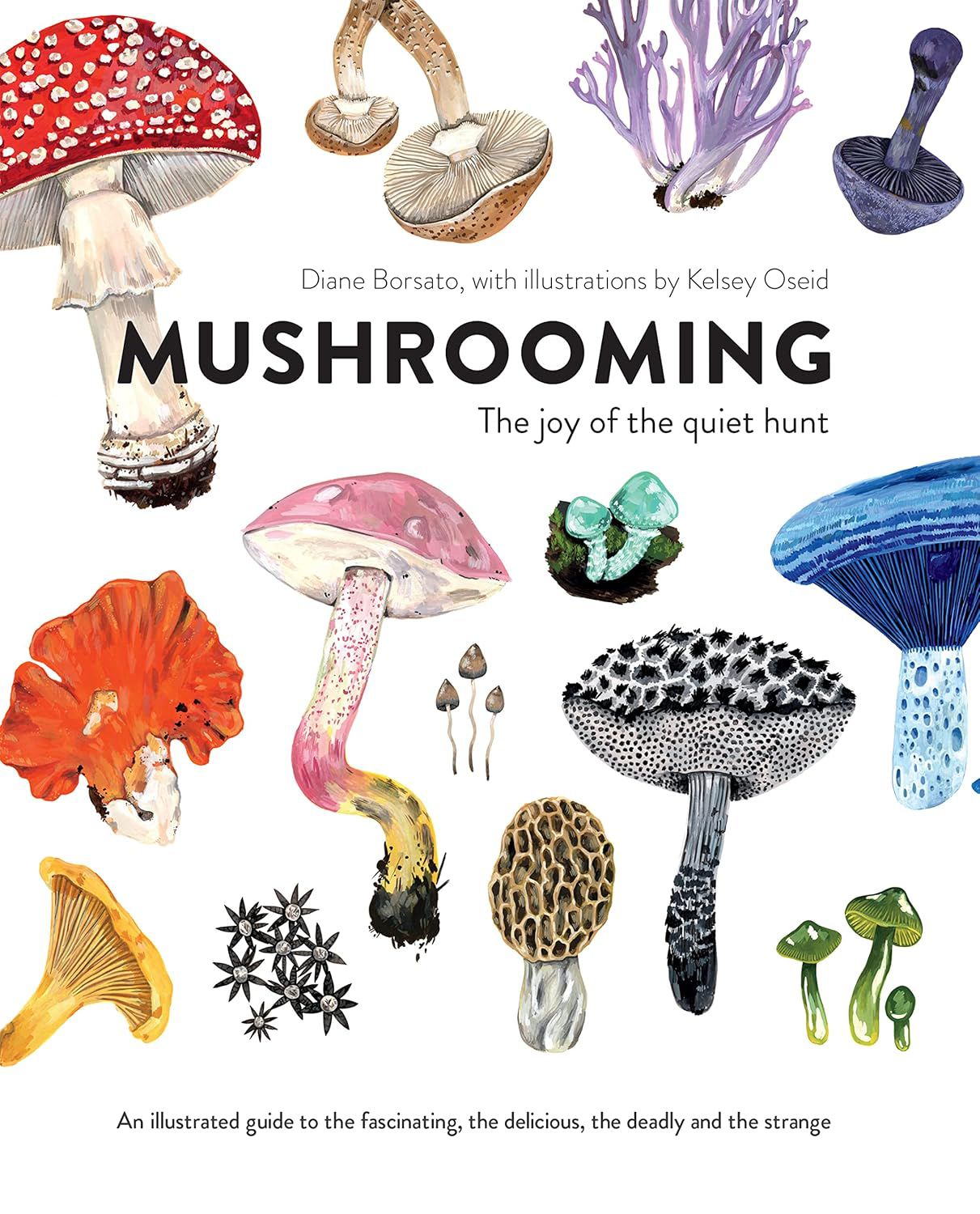

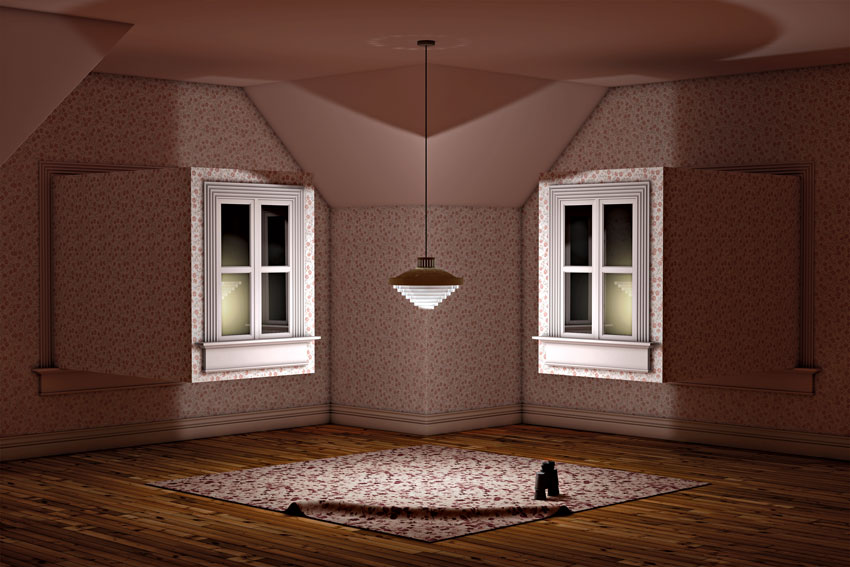
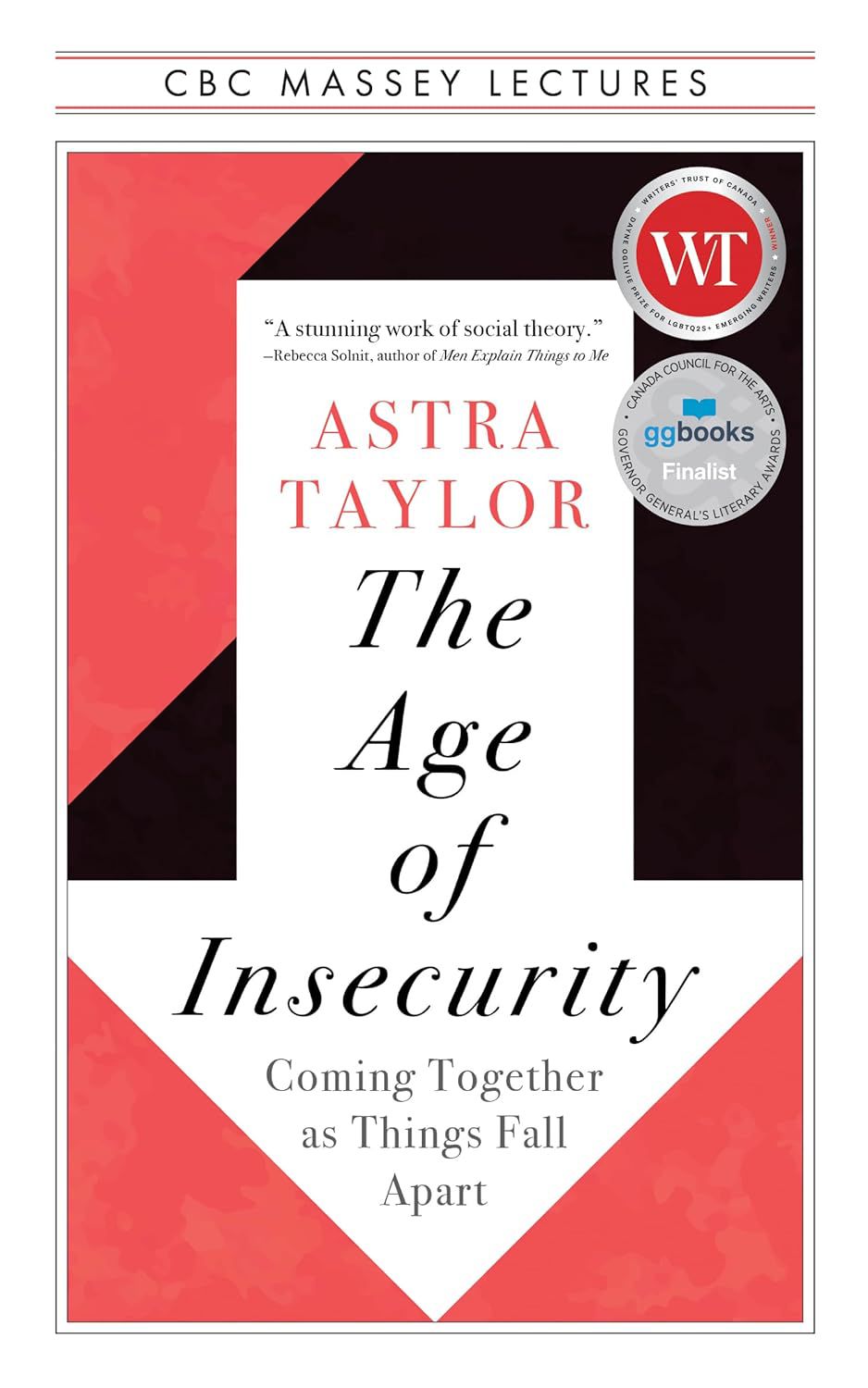
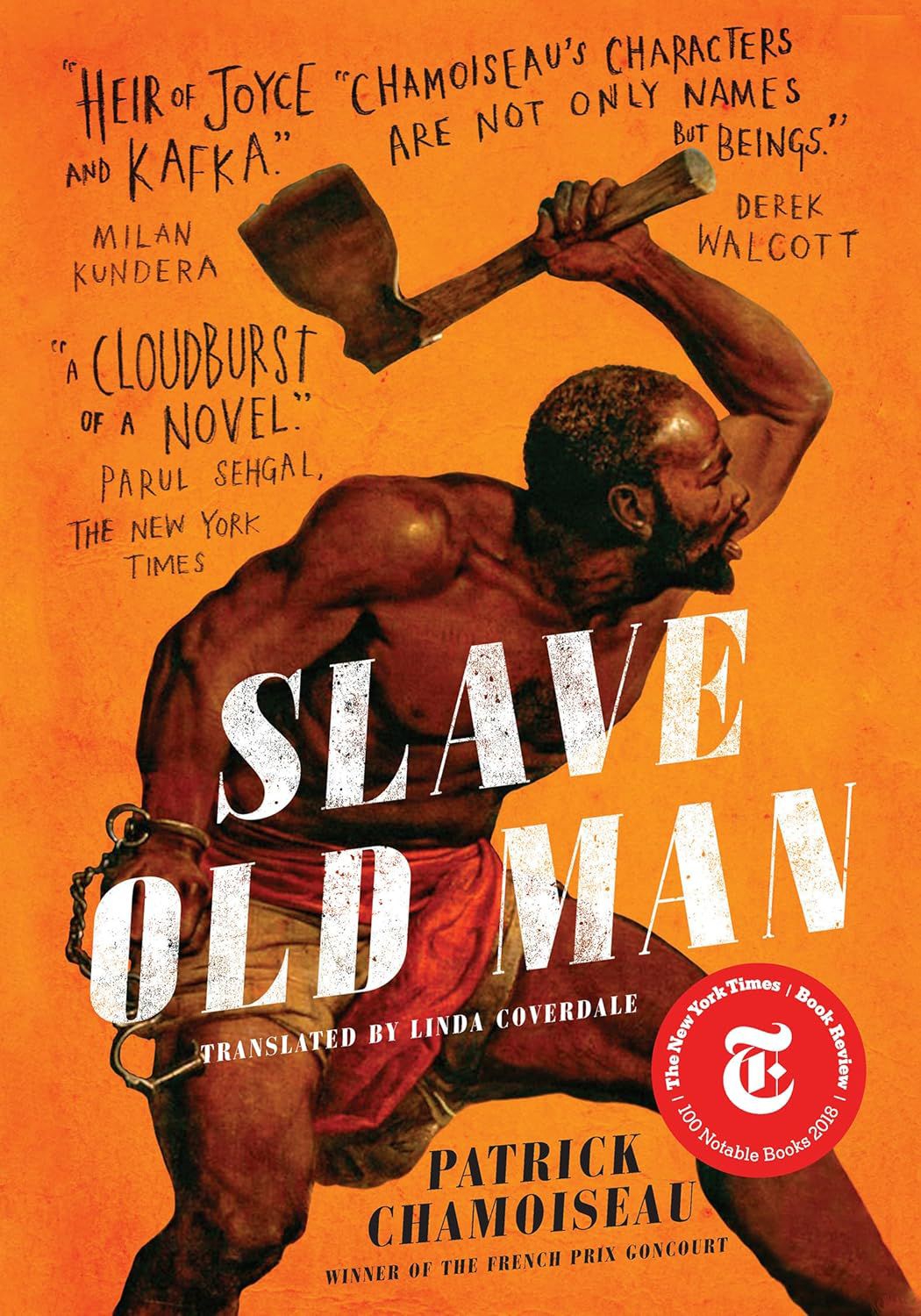
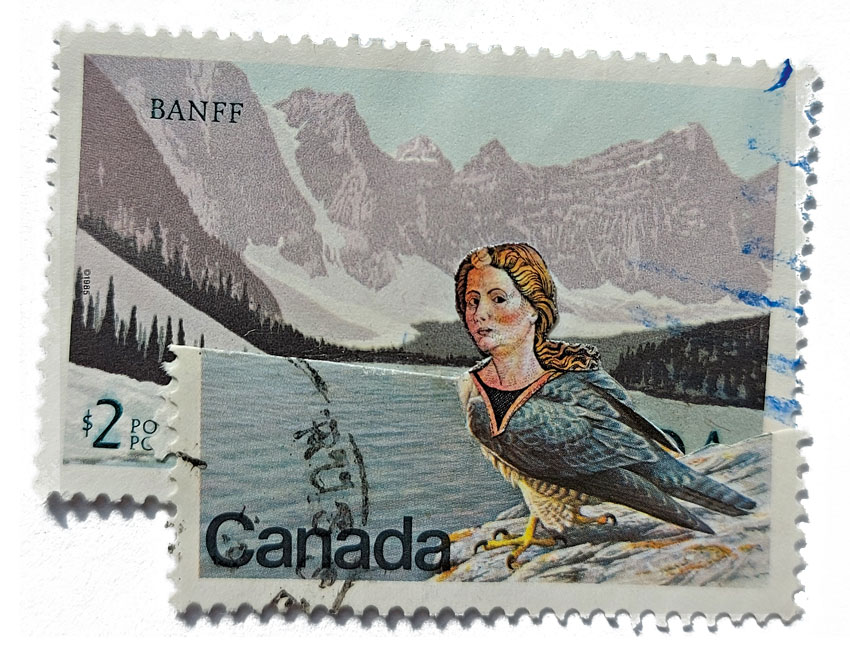
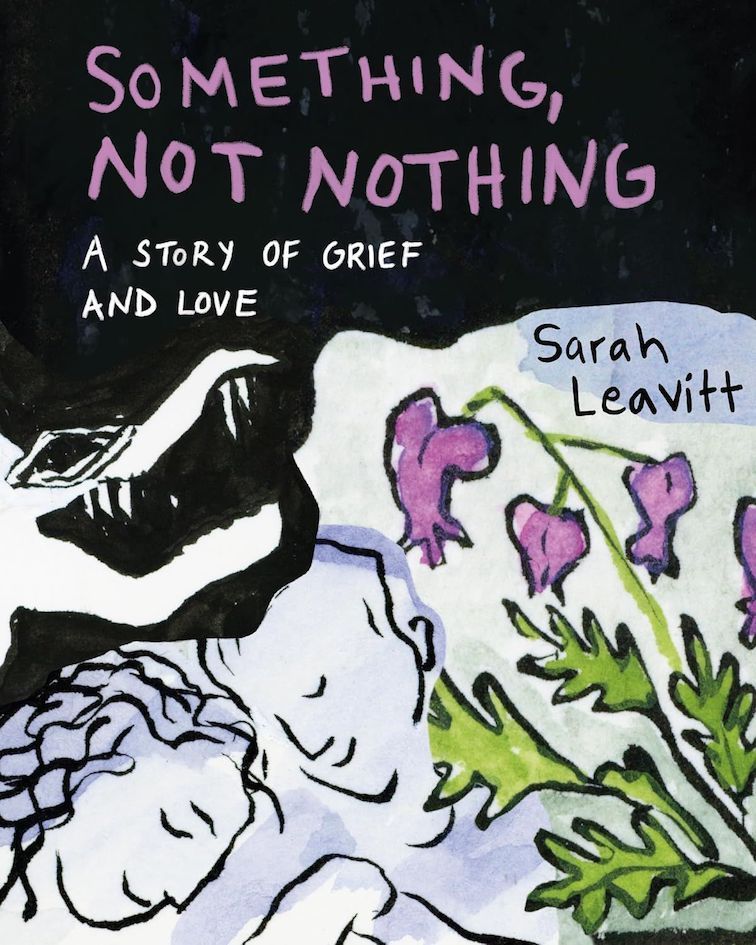
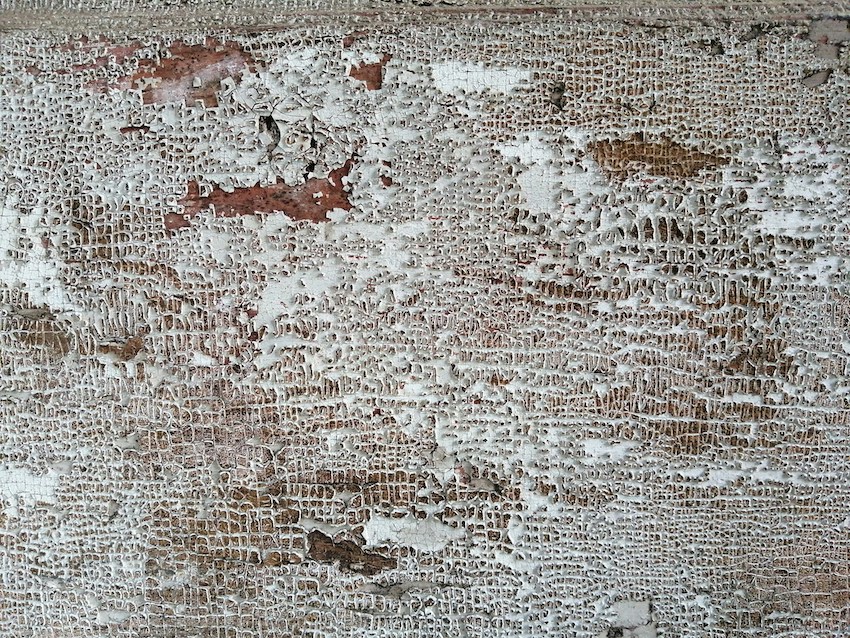








.jpg)